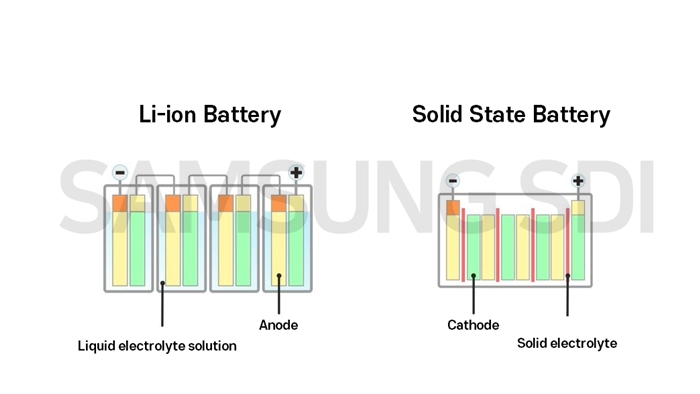A 15-foot whale shark was rescued by the Andhra Pradesh Forest Department.
|
Protection Status |
|
|
IUCN Red List |
Endangered |
|
CITES |
Appendix II |
|
Wild Life Protection Act, 1972 |
Schedule I |
Reference
IIT-Guwahati scientists have created a polyelectrolyte (polymer with positive or negative charge) to increase the stability of the perovskite films used in the hybrid perovskite-based solar or photovoltaic devices.
Perovskite Solar Cell (PSC) includes a perovskite-structured compound, most commonly a hybrid organic-inorganic lead or tin halide-based material, as the light-harvesting active layer.
An International Renewable Energy Agency (IRENA) report estimated the global PV waste will touch 78 million tonnes by 2050, with India being one of the top five PV waste creators.
Reference

Reference
Index of Eight Core Industries for November, 2021 was released by the Office of the Economic Adviser, Department for Promotion of Industry and Internal Trade.
Reference
https://pib.gov.in/PressReleasePage.aspx?PRID=1786593
Ministry of Home Affairs (MHA) releases manuals of Indian Cyber Crime Coordination Centre (I4C) of Cyber and Information Security Division.
Reference